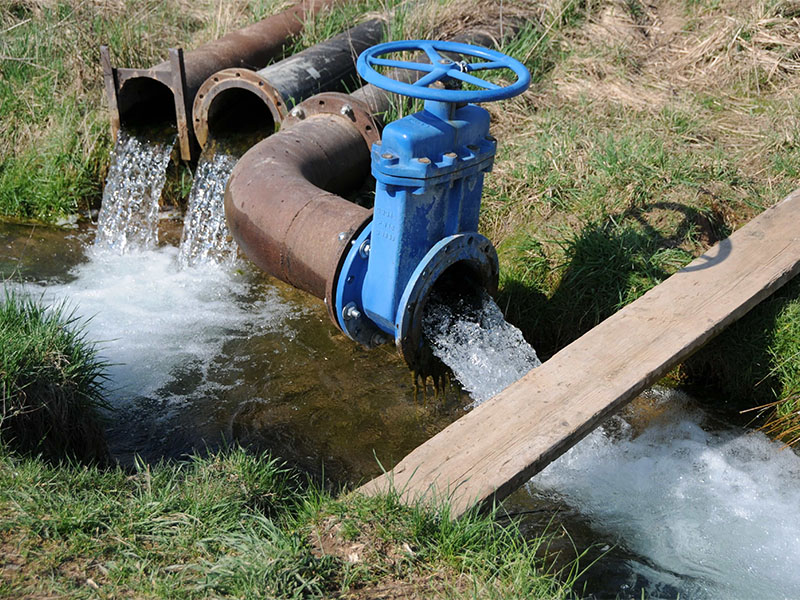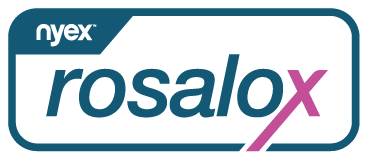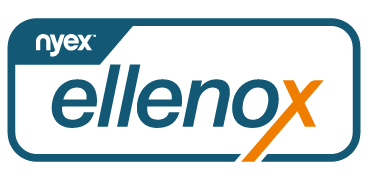1,4 Dioxane Removal From Water
1,4-Dioxane is an emerging contaminant sometimes found in our water. It is a solvent stabiliser commonly used in a variety of industrial processes.
In the US, the EPA considers 1,4-Dioxane to be a potential carcinogen and research has shown that this chemical readily penetrates the skin, meaning it is important that it’s removed from drinking water.
Our Nyex Ellenox is very effective at 1,4-Dioxane removal from water.







